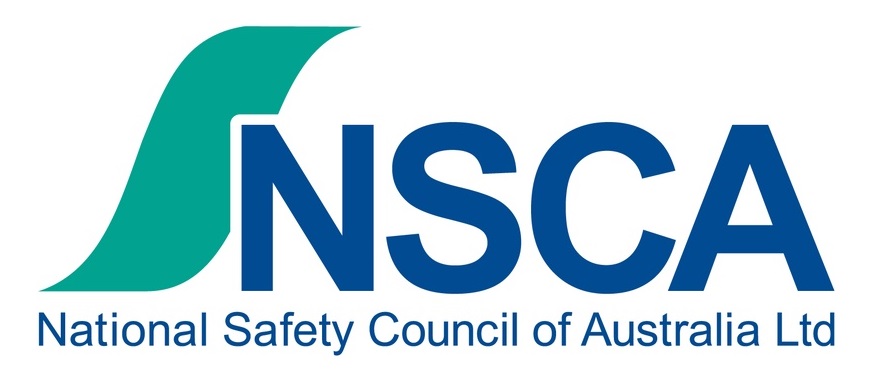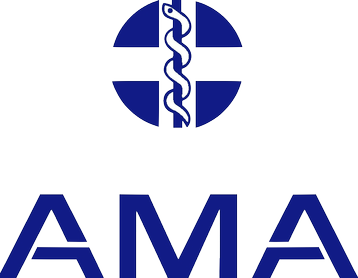Book in your Hazardous Substance Medicals today by contacting our medical reception nationally on 1300 880 804, simply CLICK HERE to get in touch with our team, or fill out the contact form at the bottom of this page, and we will assist you promptly.
Our occupational medicine webpage is dedicated to the health monitoring for tetrachloroethylene under the WHS Regulations. Tetrachloroethylene, commonly known as “perc,” is a chemical used in various industrial processes, posing potential health risks to workers. Our comprehensive health monitoring program aims to safeguard the well-being of workers exposed to this compound.






Physical Examination
Tetrachloroethylene Blood Level Prior to Shift
Before workers begin tasks involving tetrachloroethylene, we conduct initial discussions about potential health effects, symptom recognition, and the frequency and nature of health monitoring tests. This proactive approach ensures early detection of any adverse health effects attributable to tetrachloroethylene exposure.
Monitoring Exposure During Work
Removal from Work
Workers are only permitted to return to tetrachloroethylene-related work upon being assessed as medically fit by the registered medical practitioner. This assessment considers the worker’s clinical condition, symptom resolution, and implementation of remediation measures to mitigate exposure risks.
Final Medical Examination
Potential Health Effects
GHS Classification
Target Organ | Effect |
Central Nervous System | · CNS depression, fatigue, dizziness, headache, light-headedness · Sedation · Coma · Death |
Liver | · Hepatic damage with jaundice |
Skin | · Severe irritation · Dry skin · Redness · Burning sensation |
Kidneys | · Glomerular or tubular dysfunction |
Respiratory Tract | · Irritation |
Eyes | · Irritation · Burning sensation |
At our occupational medicine facility, we prioritize the health and safety of workers exposed to tetrachloroethylene. Our comprehensive health monitoring program ensures compliance with WHS Regulations and promotes a safe working environment. Contact us for more information on our services.